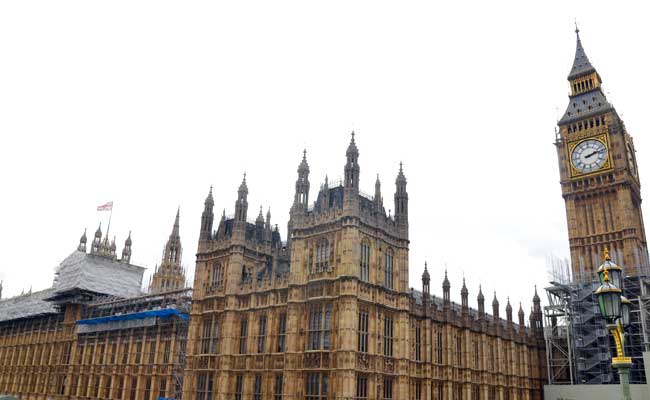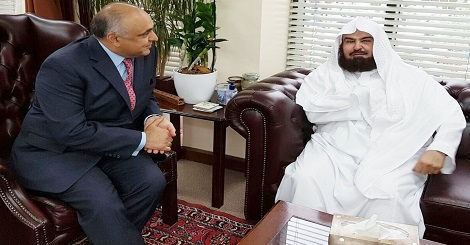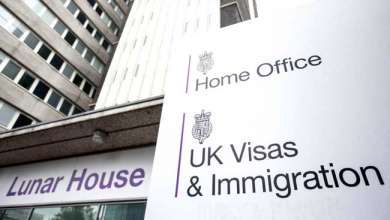Prisoners: Parental Rights

Carolyn Harris: I beg to move, that this House has considered parental rights of prisoners.
A parent’s involvement in a child’s life is nearly always a positive thing that will enhance the child’s welfare, so long as the parent can be involved in a way that does not put the child or the other parent at risk of harm. I thank Women’s Aid and the NSPCC for the attentive and tireless work that they have done on the subject of this debate.
I want to make it clear that, generally, I see no problem with people who are in prison having a relationship with their children; in fact, I believe that contact is a healthy and sustainable way to ensure that a child is not affected by enforced separation. However, when I see that parental rights harm a child, I have to speak up. I am talking about someone being able to control their child’s life after committing the most obscene crimes against them. It cannot be right that the mother of children whose own father has sexually abused them has to fight for years just to change her children’s last name because they do not want to share it with their abuser. It cannot be right that she has to seek permission from that man, who stole her children’s childhood, to take them abroad.
When a person commits such horrendous crimes against their own children, that person cannot be allowed to pull the strings from inside a prison cell. I have seen cases in which a convicted child sex offender has the rights of a father and influences the lives of the children who were his victims. I have spoken to mothers whose husbands have abused their children, and I was left speechless and emotionally drained by their harrowing stories. They told me how their children’s right to be free from their abuser is being ignored. Those occasions are rare, but when children are the victim of a parent, the parent should lose the right to be just that—a parent.
When a child is taken into care as a result of a crime that a parent has committed against them, the state assumes responsibility of those children and the offending parent’s parental rights would be removed. However, when a parent abuses a child and the child stays in the custody of the other parent, the offending parent is allowed to exercise parental control over the child. Even though access to their children would be limited, supervised or even banned, the convicted sex offender can still have a say in their upbringing. A fundamental flaw in the criminal justice system allows that to happen, and it needs to be amended. Parental rights must be challenged when they have a damaging effect on a child.
The hurdles that parents face just to protect their children and move on to a safe and happy life are unbelievable. We have heard of children who have been ordered to have contact with the parent who has committed offences against them, even though in some cases children have been killed as a result of contact or residential arrangements. The family courts are left to decide whether the abuser having an input in the child’s life would benefit the child. The objective of family courts is to treat parents in exactly the same way and to get cases over with rapidly. That blinds them to the consequences of unsafe child contact—consequences that can be damaging and even fatal.
That brings me to domestic violence and its impact on children. The routine granting of direct, unsupervised contact, even when concerns about abuse are prevalent, reveals a pronounced lack of understanding about the effects of domestic violence on women and children. The point at which a survivor leaves an abusive partner is well recognised as a highly dangerous time for her and her children. Parental separation is often mistaken as equating to the end of the abuse and reduced risk for the mother and children; in fact, the risks are intensified. Around one in five children has been exposed to domestic violence, and 62% of children in households where domestic violence is present are also directly harmed. Children are being killed by violent fathers who have been allowed to see them through formal and informal child contact arrangements.
Further avoidable child deaths must be prevented by putting children first in the family courts, as the legal framework and guidance state. Only 10% of legal professionals say that judges fully comply with the judicial guidance for dealing with child contact cases where domestic violence is an issue. Most women want their children to have a relationship with their father, despite the violence that the women have experienced, but they want to ensure that any contact would be physically and emotionally safe for them and their children. Some 45% of women experience violence after making a contact order, most commonly in the form of threats and harassment.
The culture of “contact with the child, no matter what” needs to be reviewed. Less than 1% of child contact applications are refused, but domestic abuse features in around 70% of the Children and Family Court Advisory and Support Service’s cases, and in around 90% of cases that go to the family courts.
The system is failing children’s safety and wellbeing. The best interests of children should be the overriding principle of the family courts, but far too often that is simply not the case. I am calling on the Government to ensure that the family courts put the safety of children back at the heart of all decisions made by the family court judiciary. I welcome the revised version of practice direction 12J, which was adopted in October. It sets out new requirements for judges, including that they explain why contact will not expose the child to further harm and how it is in child’s best interest. The practice direction requires the court to ensure that, when domestic abuse has occurred, any child arrangements ordered protect the safety and wellbeing of the child and the parent with care, and are in the child’s best interests.
The revised practice direction is a critical step forward but sadly, all too often, the guidance is not followed in such cases and children’s safety is put at risk. It is critical that all judges, magistrates, court staff and CAFCASS officers know about the new guidance and how to use it. I hope that the debate raises awareness of the new guidance and of how important it is to ensure children’s safety.
Although the revised practice direction is a step forward and places new requirements on judges, significant challenges to effective implementation remain. Training is critical to ensure that all judges, magistrates and staff involved know about the new guidance and, more importantly, how to use it. Mandatory training for judges, magistrates and all staff on all aspects of abuse and coercive, controlling behaviour should be part of a non-legislative package of measures. The training should be face to face, delivered by specialists and supported by ongoing professional development. It should cover the nature of coercive and controlling behaviour, the frequency and nature of post-separation abuse and, most importantly, the impact of abuse on victims. Training is vital to ensure that judicial guidance is implemented and that it informs safe contact arrangements for children in domestic and all abuse cases.
No child should have their life left in the hands of evil. No child should be harmed in an act of revenge or rage against the other parent. The impact of unsafe child contact can be devastating.
Read more: Parliament, Westminster Debates, http://bit.ly/2yyjeSu





